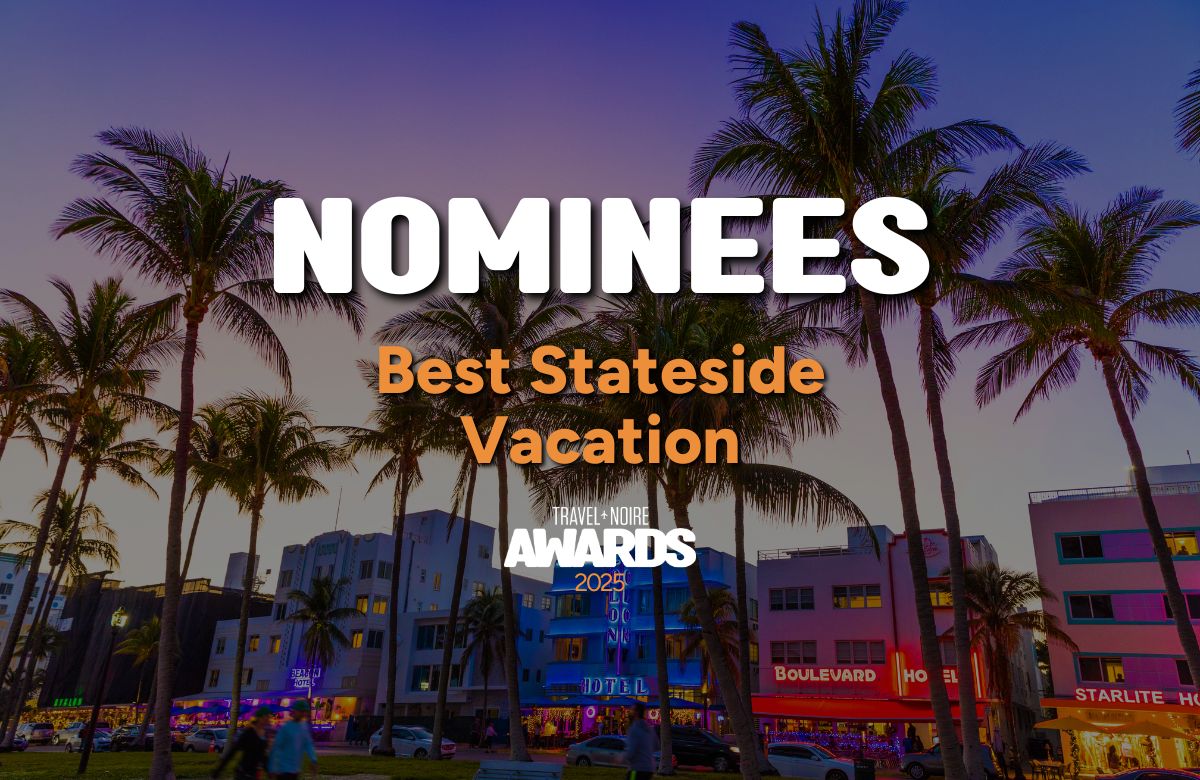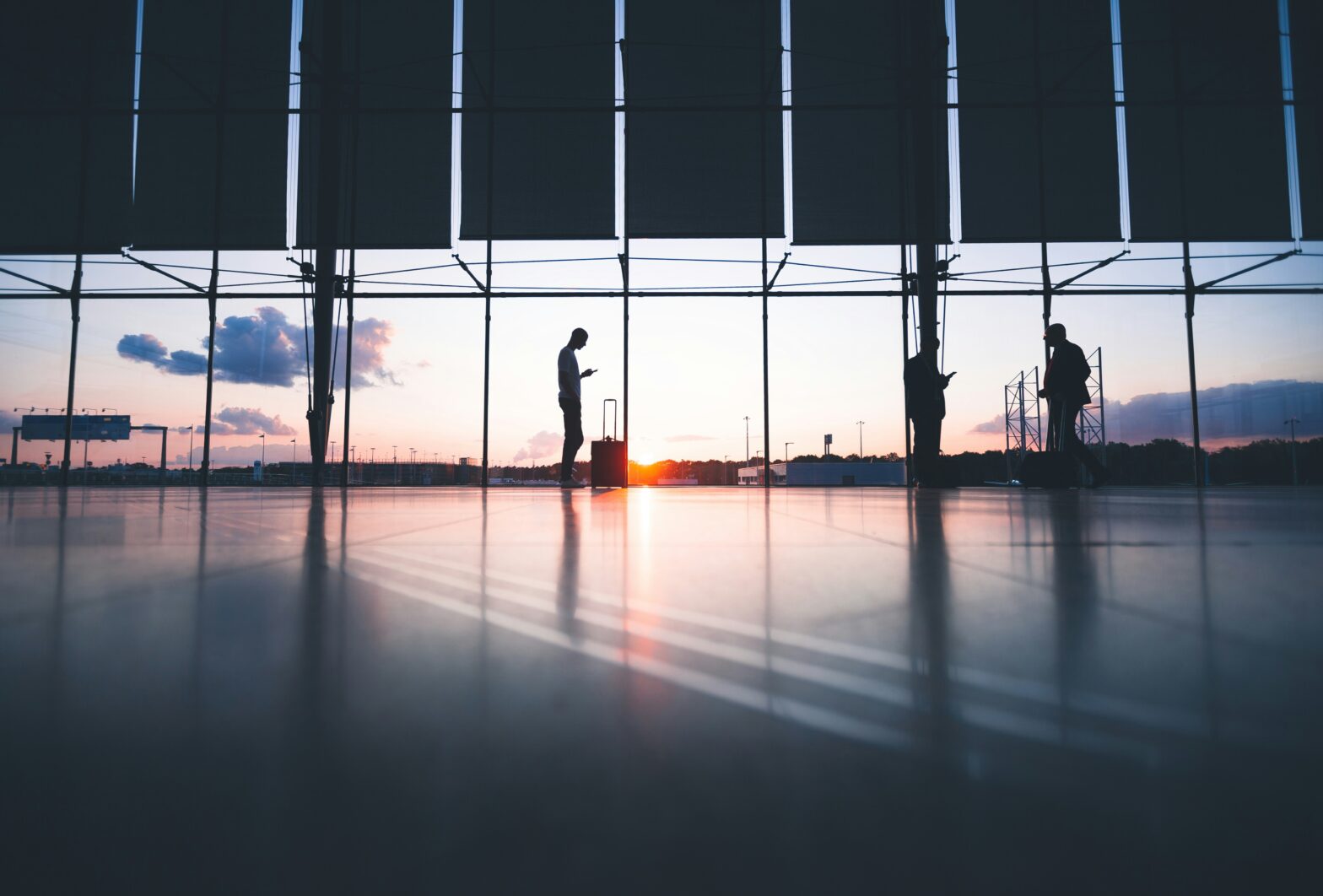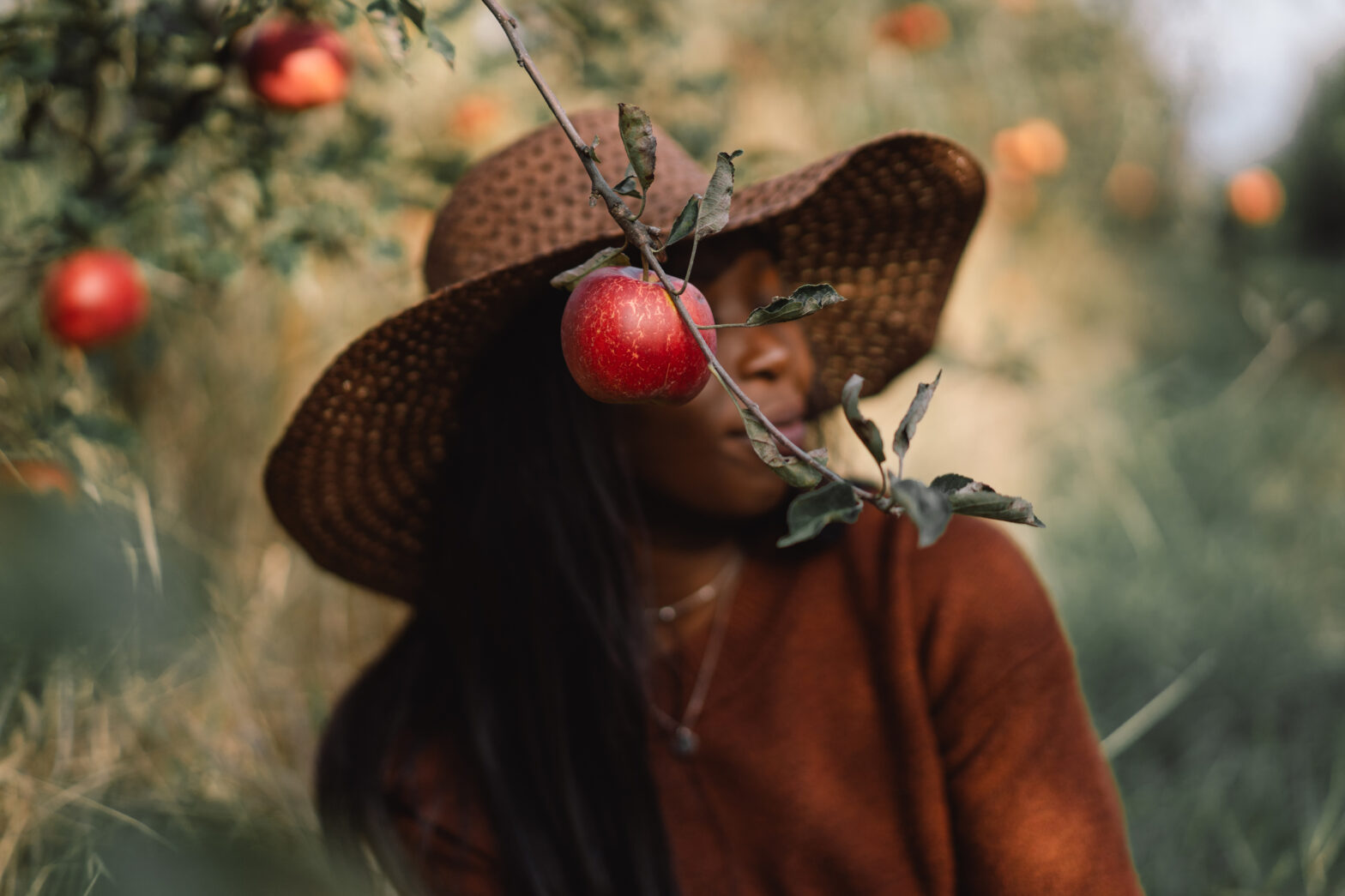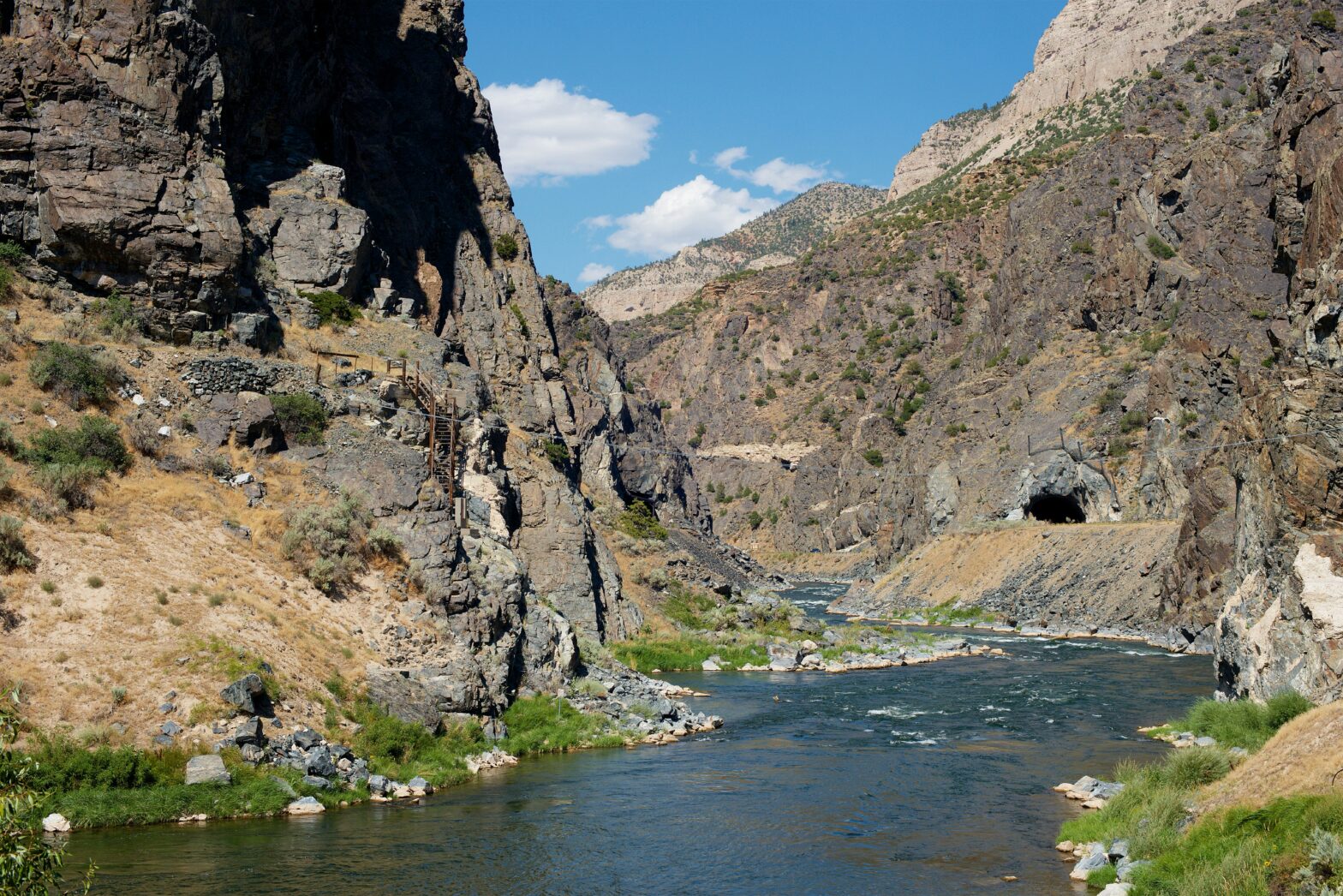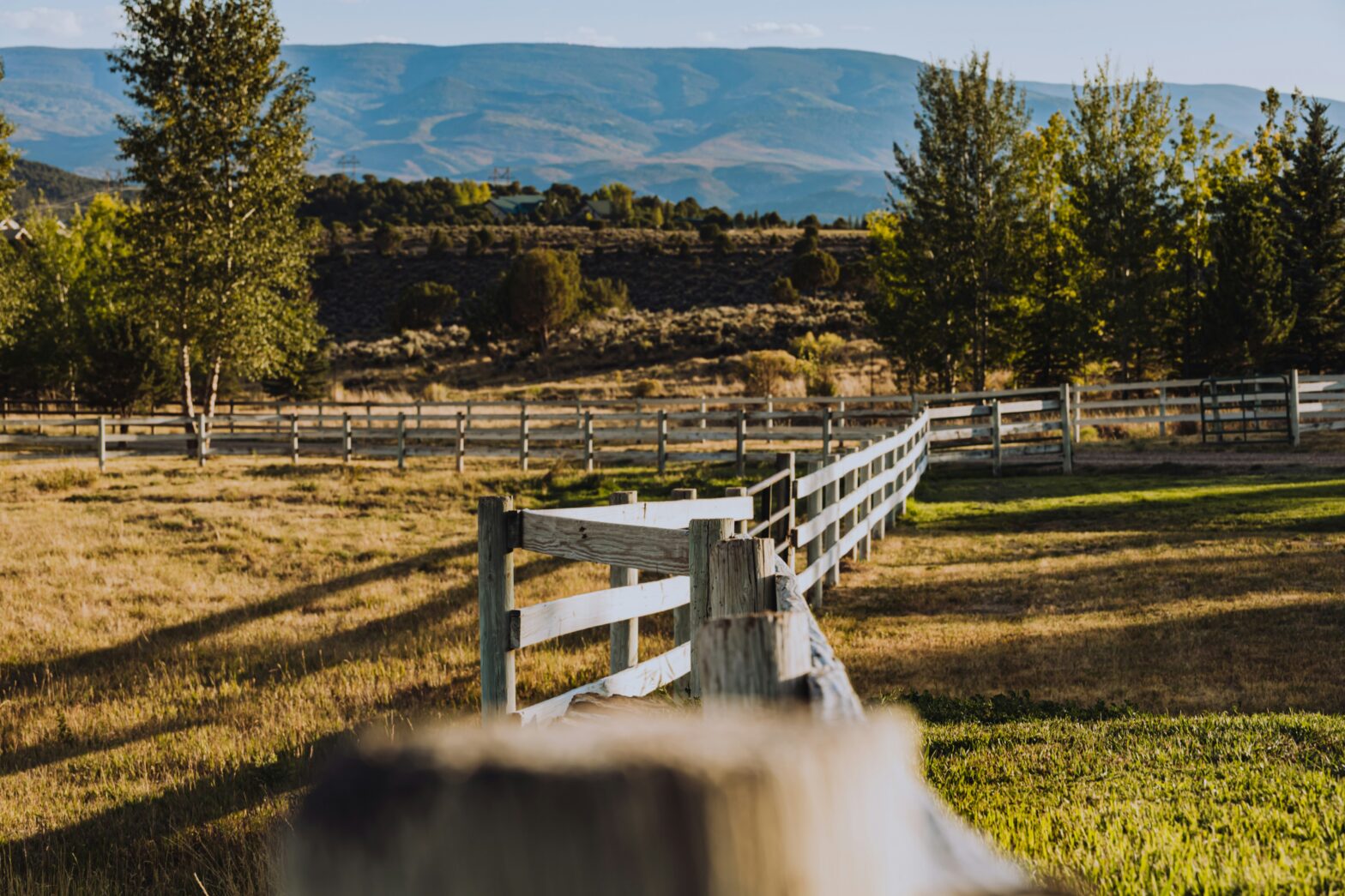When most people go to Las Vegas, they go to the “usual spots” — spots which usually start with the so-called “Strip,” or the Las Vegas Blvd. strip of tourist attractions. But there’s another Las Vegas — known as Black Las Vegas — that has a long and storied history in the region. And thanks to a recent infusion of some much-needed capital, this bastion of modern-day Black History has a whole new lease on life for the 21st century and beyond.
To understand the importance of Black Las Vegas, let’s go back to the 1920s. More than 100 years ago, there were no segregation laws on the books in Nevada — which was a good thing.
But when gambling was legalized in 1931, and alcohol prohibition was lifted just two years later, the Vegas Strip casinos began engaging in a “whites-only” practice of deliberate segregation. If you were Black in Las Vegas in the 1930s, you were allowed to work in the casinos, or perform onstage to entertain the patrons — but you weren’t allowed to gamble at the tables with the white players, live in the casino district, or get your business license in the area.
You were, however, allowed to go to Black Las Vegas.
Located northwest of the Strip proper, Black Las Vegas has a home on Jackson Avenue and is bordered by Carey Avenue, Bonanza Road, I-15, and Rancho Drive. While West Las Vegas — or just the “westside,” as it’s known by the locals — is most infamously home to the Moulin Rouge (which was only open for six months), many of the area’s legendary clubs still stand there today: Club Alabama, El Morocco, and the VooDoo Lounge at the Rio are all still standing today.
And thanks to recent developments, the “westside” is getting some much-needed capital and rejuvenation. There’s now a Black Lives Matter mural painted on the walls of the old Moulin Rouge. A new sign welcoming people to the “historic westside” was recently unveiled at Berkley Square. Local governments are working together with regional and state governments to revitalize the area, and provide Black visitors to Vegas the opportunity to see themselves — and their history — in the greater context of the city itself, without resorting to “tourist trap” outings like gambling at the MGM Grand.
In the meantime, here are three things to do in West Las Vegas that are well worth your time.
Soul Foo Young
This restaurant is the perfect marriage of Chinese food and soul food, and its “Bruce Leroy” dish is known throughout Las Vegas (it’s three whole fried chicken wings with a side order of veggie fried rice). Or, try the peach cobbler egg rolls for a sweet treat. 1216 W. Owens Avenue, Las Vegas NV.
Dig This
Dig This offers you a chance to operate an excavator or other heavy machinery without fear of harm or legal retribution. After the year we had, we could all use some stuff to break. 800 W. Roban Avenue, Las Vegas NV.
Chinatown Plaza
Part cultural exhibit, part unique strip mall, Chinatown Plaza is one of the most unique shopping districts of Las Vegas, and shopping here will give you a unique opportunity to support Black-owned Las Vegas businesses. 4255 Spring Mountain Road, Las Vegas NV.

